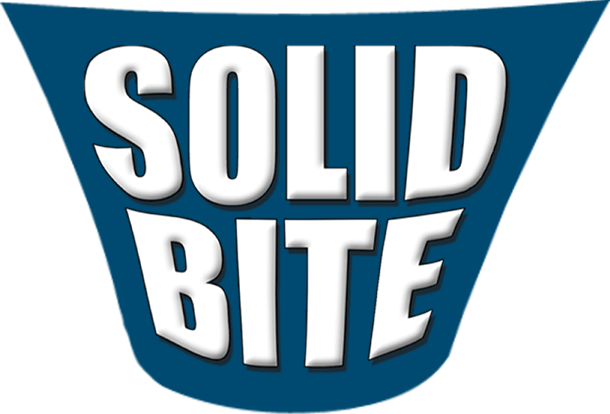Gum Recession & The Pinhole Surgical Technique
The problem of gum recession is one that progresses as we age. Where does gum recession come from? Some say that is it as a result of brushing too hard. What we have found, particularly in the CT-Scans that we take of our patients, is that gum recession is more likely due to a genetic problem. Let me explain.
The tooth root is surrounded by bone. For some, the bone is thick. For others, the bone is very thin, and easily is lost just due to normal every day forces. The thinner the bone, the more likely it is to be lost. The bone supports the gum tissue, so as the bone is lost, the gum recedes. This phenomenon is well described in our book, The Ultimate Mouth Manual, 2nd edition (downloadable for free here).
Traditionally, we have added gum tissue from either the palate or from cadaver sources to recreate the gum tissue. In more severe cases, we use bone grafting techniques to add the bone that never existed in the first place.
But a new technique has been developed by Dr. John Chao, a dentist from southern California, that will restore lost gum tissue without using those other sources of replacement. In addition, the technique uses just a small pinhole within the gum tissue for access to gently tease the gum back into its correct position, covering the root surface. Dr. Chao has developed not only a new technique, but also new instruments to accomplish this goal. Using his techniques, the potential for covering exposed roots due to gum recession with less surgical trauma may in fact be a reality.
Dr. Chao has been on national television programs describing his revolutionary procedure, the Pinhole Surgical Technique or PST. In addition, Dr. Chao’s data was reviewed and accepted for publication in one of the most prestigious dental journals.
My lead assistant, Courtenay, and I just returned from Pasadena, California, to participate in a hands-on training program to certify us in the Pinhole Surgical Technique. We had the opportunity of viewing live surgical procedures, applying the techniques ourselves, and seeing both short-term and long-term post-ops. These techniques are easily applied to our patients. After all, we have been doing soft tissue grafting for years. But the minimally invasive aspect of PST is very appealing. We are very excited over being able to apply this new service in our practice.
Root exposure can have devastating consequences. Exposed roots are softer than enamel and can erode, causing not only esthetic problems but also root sensitivity. With PST, there is an 81% probability of covering 100% of exposed root surfaces in most situations. We can tell you if you qualify for that through a traditional periodontal examination.
If you or a friend is interested in finding out whether PST may solve your gum recession problems, please schedule an examination. If you are receiving this, you qualify for a full examination and all necessary x-rays, including a CT Scan for a charitable contribution of $50 to our Charitable Giving Campaign. Thus far, this campaign has received and distributed over $145,000 in donations.
Come on in, and let’s see if PST will work for you.




